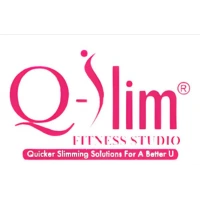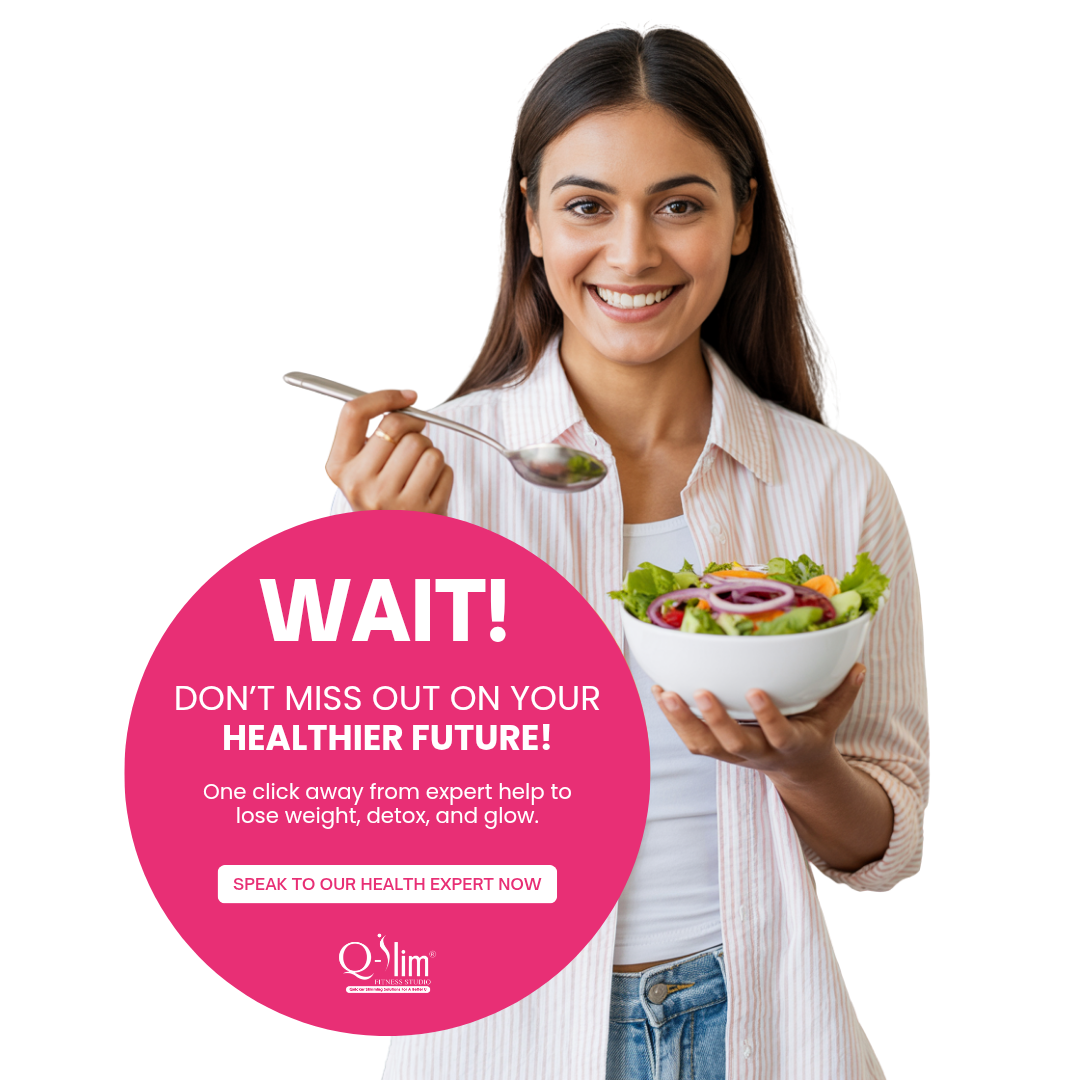Not Just an Old Age Problem
Many people believe high blood pressure, or hypertension, only affects older adults. But in India today, more and more young people in their 20s and 30s are being diagnosed with high BP. Stressful jobs, long screen hours, and processed food habits are pushing blood pressure up much earlier in life.
The worrying part is that hypertension often shows no obvious symptoms. It silently damages the heart, kidneys, and blood vessels. The good news is that most cases are preventable. And one of the biggest factors is food.
Let’s uncover the food mistakes young Indians make every day without realizing how they impact blood pressure.
Why Are Young Indians at Risk of High BP?
- Sedentary lifestyle: Desk jobs, late nights, and lack of exercise.
- Stress: Work pressure, financial worries, and lack of sleep.
- Diet changes: From homemade thalis to instant noodles and takeout meals.
- Excess caffeine and energy drinks: Overconsumption during long work or study hours.
All of these play a role, but diet is something you can control right away.
Food Mistakes That Lead to High Blood Pressure
1. Eating Too Much Hidden Salt
Most young Indians do not realize how much sodium they consume daily. Even if you avoid the salt shaker, sodium sneaks into foods like:
- Packaged namkeens, chips, and biscuits
- Instant noodles and ready-to-cook meals
- Restaurant gravies, breads, and snacks
- Pickles, papads, and chutneys loaded with salt
High sodium increases water retention and raises blood pressure.
2. Overloading on Caffeine
Many young professionals survive on endless cups of tea and coffee. Add energy drinks or colas to the mix, and caffeine levels shoot up. Excess caffeine can temporarily spike blood pressure and disturb sleep, which worsens heart health over time.
3. Processed and Refined Foods
White bread, pizzas, burgers, and packaged snacks are often high in both sodium and unhealthy fats. These foods damage blood vessels and raise cholesterol, adding more strain on the heart.
4. Low Intake of Fresh Fruits and Vegetables
A diet low in potassium and fiber is another hidden trigger for hypertension. Potassium helps balance sodium, but many young Indians skip fruits and prefer fried snacks or processed carbs.
5. Alcohol and Late-Night Eating
Weekend drinking and late-night meals put additional strain on the liver and kidneys. This can push up blood pressure in the long run.
Indian Foods That Help Control Blood Pressure
The best way to manage blood pressure is not to stop eating everything you enjoy, but to make simple swaps in your daily diet.
Potassium-Rich Foods
- Bananas, guavas, and oranges
- Coconut water
- Spinach, amaranth, and methi
Whole Grains
- Brown rice instead of white rice
- Multigrain roti instead of maida-based breads
- Millets like ragi, jowar, and bajra
Heart-Friendly Proteins
- Moong dal, masoor dal, and rajma in moderate portions
- Paneer and curd in balanced amounts
- A handful of soaked almonds or walnuts daily
Herbs and Spices for Flavor Without Salt
- Jeera, coriander, garlic, and hing for taste
- Fresh herbs like mint and curry leaves
- Lemon juice to brighten flavors naturally
A Sample Indian Diet Plan for Managing Blood Pressure
- Morning: Warm water with flax seeds + 1 banana
- Breakfast: Vegetable upma with coconut chutney
- Mid-Morning Snack: Coconut water with a handful of roasted chana
- Lunch: Multigrain roti + palak dal + lauki sabzi + salad
- Evening Snack: Sprouts bhel with lemon and coriander
- Dinner: Brown rice khichdi with moong dal, lightly spiced with jeera and garlic
- Before Bed: A cup of warm turmeric milk or chamomile tea
Lifestyle Habits for Young Indians to Control BP
- Exercise regularly: Even 30 minutes of brisk walking helps.
- Reduce screen time before bed to improve sleep quality.
- Stay hydrated: Drink enough water throughout the day.
- Manage stress with yoga, meditation, or breathing exercises.
- Cook at home more often: This allows you to control salt and oil.
FAQs on High Blood Pressure in Young Indians
1. Can high blood pressure really affect people in their 20s?
Yes. Hypertension is now common in young Indians due to stress, processed foods, and lifestyle changes.
2. How much salt is safe daily?
The World Health Organization recommends less than 5 grams of salt per day, which is about one teaspoon.
3. Can reducing salt alone lower BP?
Reducing salt helps, but a balanced diet with potassium-rich foods, fiber, and regular exercise works best.
4. Does stress directly raise blood pressure?
Yes, chronic stress triggers hormones that increase BP. Managing stress is as important as food choices.
Conclusion: Small Changes, Big Impact
High blood pressure is no longer just an old age problem. For young Indians, it is a growing reality. The hidden salt in snacks, excess caffeine, late-night meals, and processed foods are silent culprits.
The encouraging part is that with small changes—like swapping maida for multigrain, choosing coconut water over cola, or cooking more at home—you can protect your heart and keep blood pressure in check.
✨ At Q-Slim Fitness, we create customized diet plans that help young Indians lower their BP naturally, without giving up on taste. Take charge of your health today and prevent hypertension before it becomes a lifelong issue. Book your consultation and let us design your heart-healthy plan.


